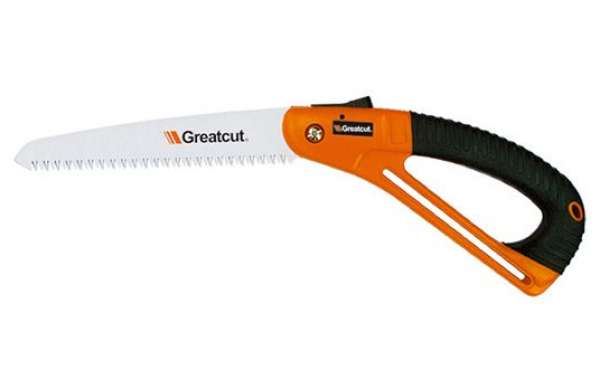Proper maintenance transforms a folding saw from a disposable tool into a long-lasting companion for outdoor adventures. Unlike simple knives that require minimal upkeep, a folding saw's moving parts and cutting teeth demand regular attention to maintain peak performance. By following these care guidelines, you can ensure your folding saw remains reliable and safe for years of use.
Cleaning should occur after every significant use of your folding saw. Sap, pitch, and wood particles accumulate between teeth and in the folding mechanism, gradually impairing performance. Use a stiff brush (an old toothbrush works well) to remove debris from the blade. For stubborn sap, apply a small amount of vegetable oil or specialized blade cleaner, then wipe clean with a rag. Never use harsh chemicals that might damage the folding saw's handle materials.
Drying your folding saw thoroughly prevents rust and corrosion. Even high-quality stainless steel blades can develop surface rust if stored damp. After cleaning, open the folding saw completely and allow all components to air dry before closing. Pay special attention to the pivot area where moisture can become trapped. In humid climates, consider applying a thin coat of machine oil to the blade before long-term storage.
Lubricating the folding mechanism keeps operation smooth. Apply a drop of lightweight oil (like sewing machine oil) to the pivot point every few months or whenever the action feels stiff. Work the folding saw open and closed several times to distribute the lubricant, then wipe away excess to prevent dirt accumulation. Avoid heavy greases that might attract debris into the folding mechanism.
Blade care significantly impacts cutting performance. Inspect teeth regularly for damage or dulling. Some folding saws feature replaceable blades, while others require sharpening. For sharpenable models, use a small triangular file matching the tooth angle. File each tooth with consistent strokes, maintaining the original bevel. This process requires patience but restores cutting efficiency to a worn folding saw.
Handle maintenance varies by material. Rubberized handles benefit from occasional cleaning with mild soap to remove dirt and oils that can degrade the material over time. Wooden handles may need light sanding and oiling to prevent drying and cracking. Check for loose screws or fasteners in the handle assembly and tighten as needed to maintain solid construction.
By establishing a regular maintenance routine, your folding saw will reward you with reliable performance trip after trip. These simple care steps take little time but make a significant difference in the tool's lifespan and functionality. A well-maintained folding saw can outlast many more expensive tools when given proper attention between uses.







